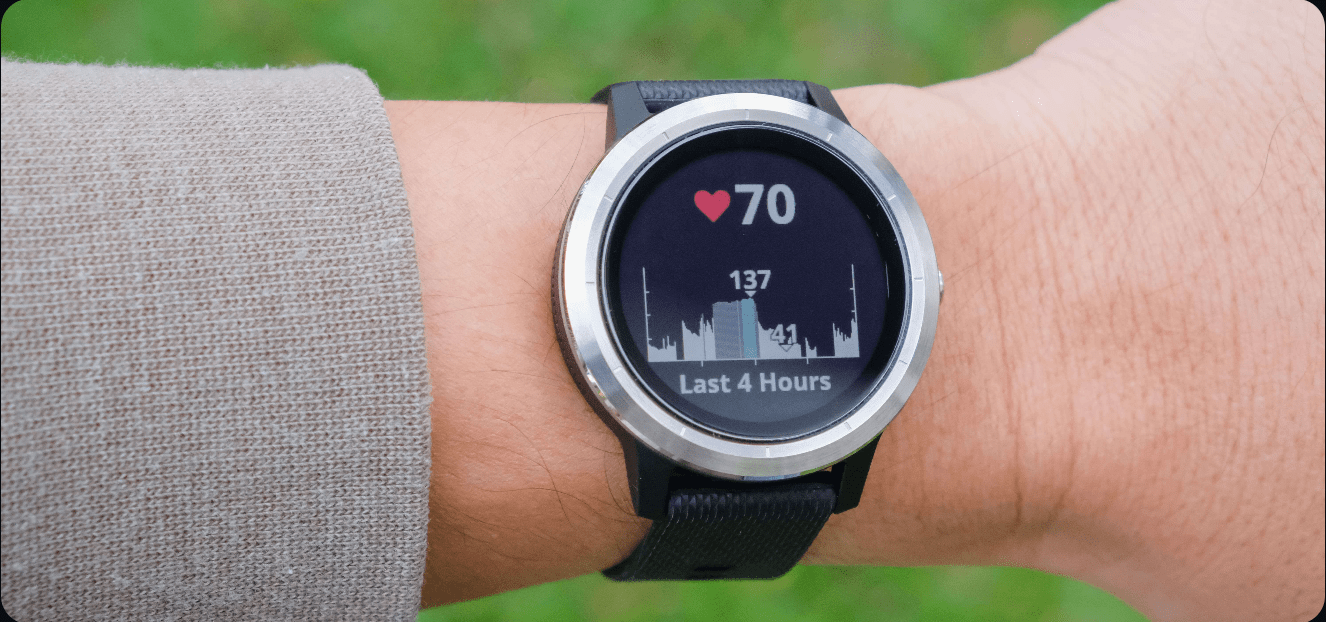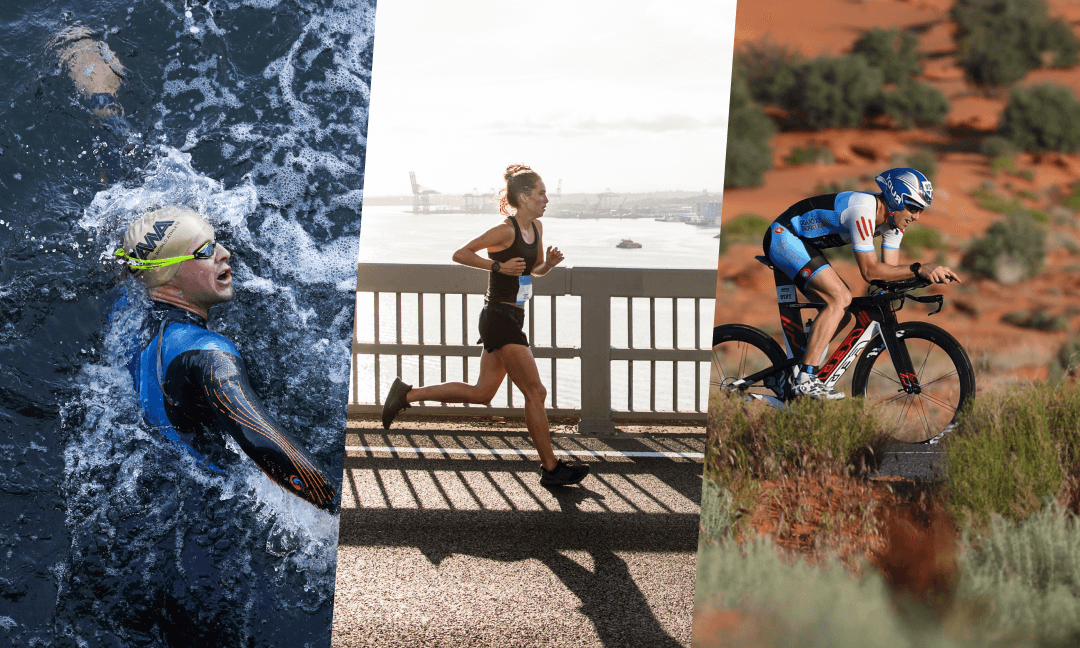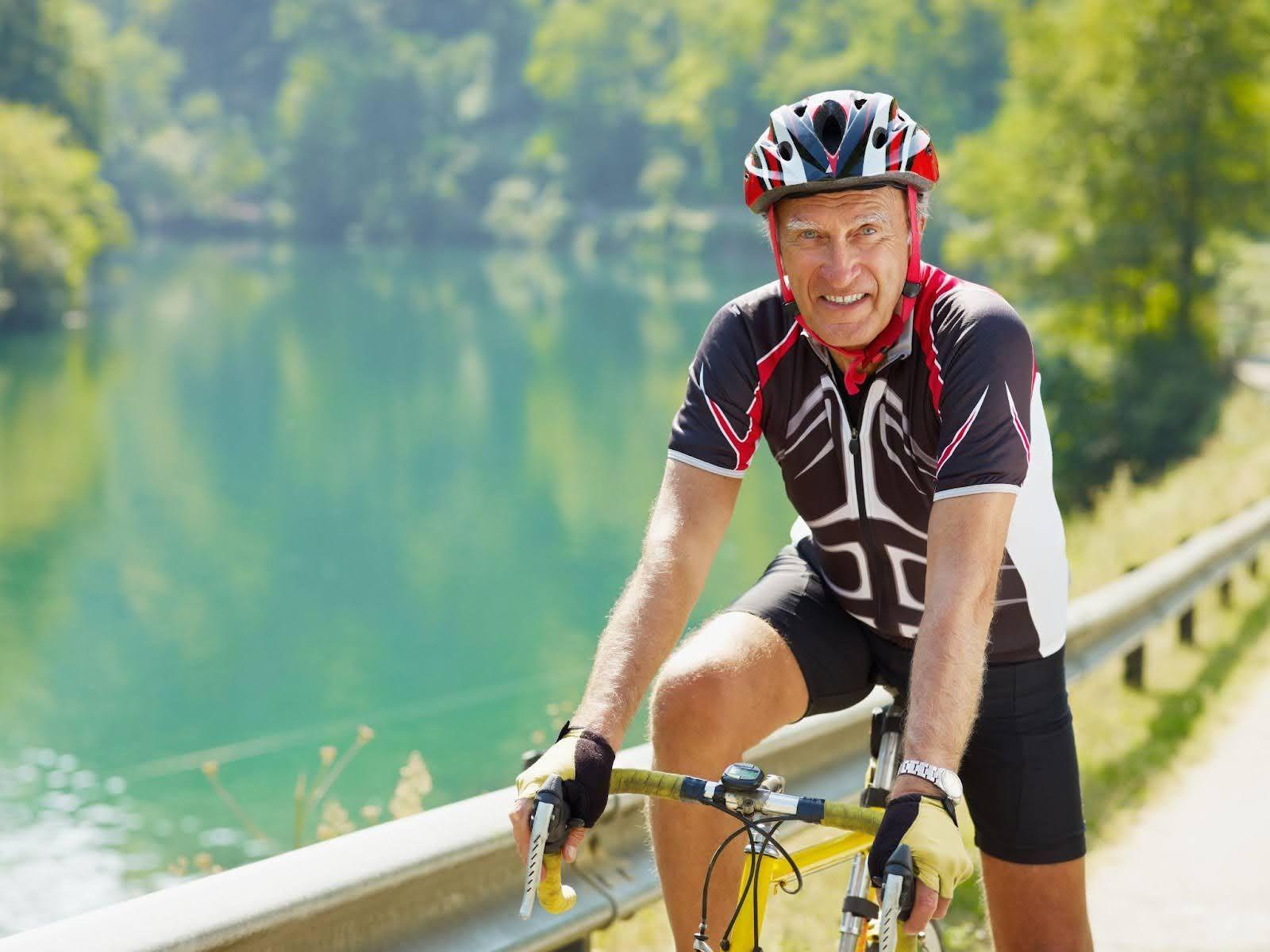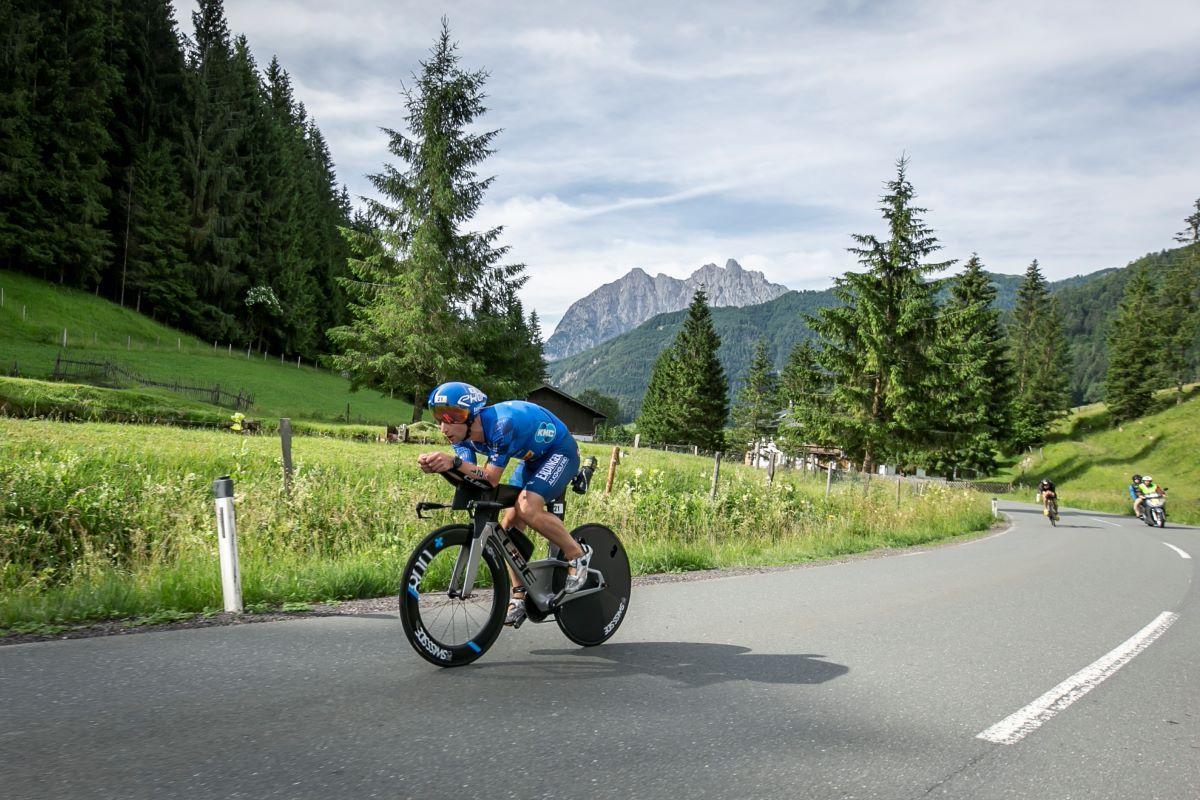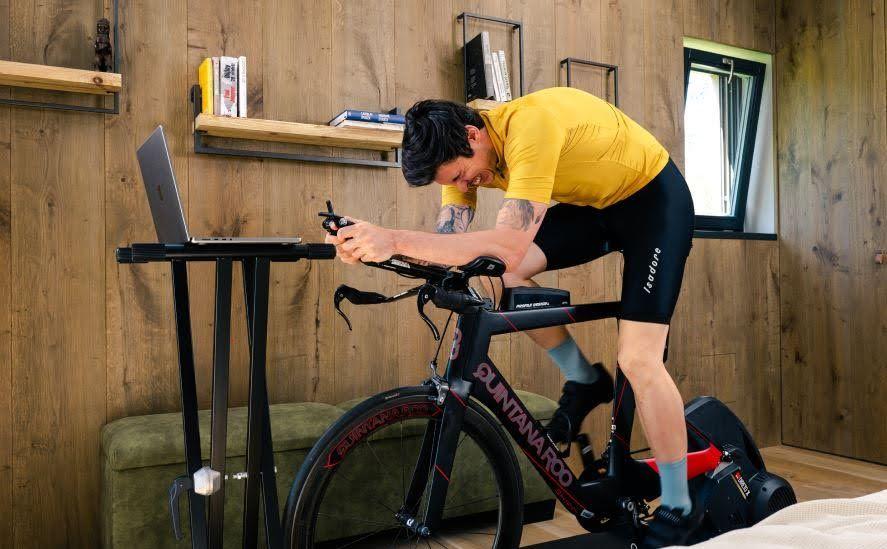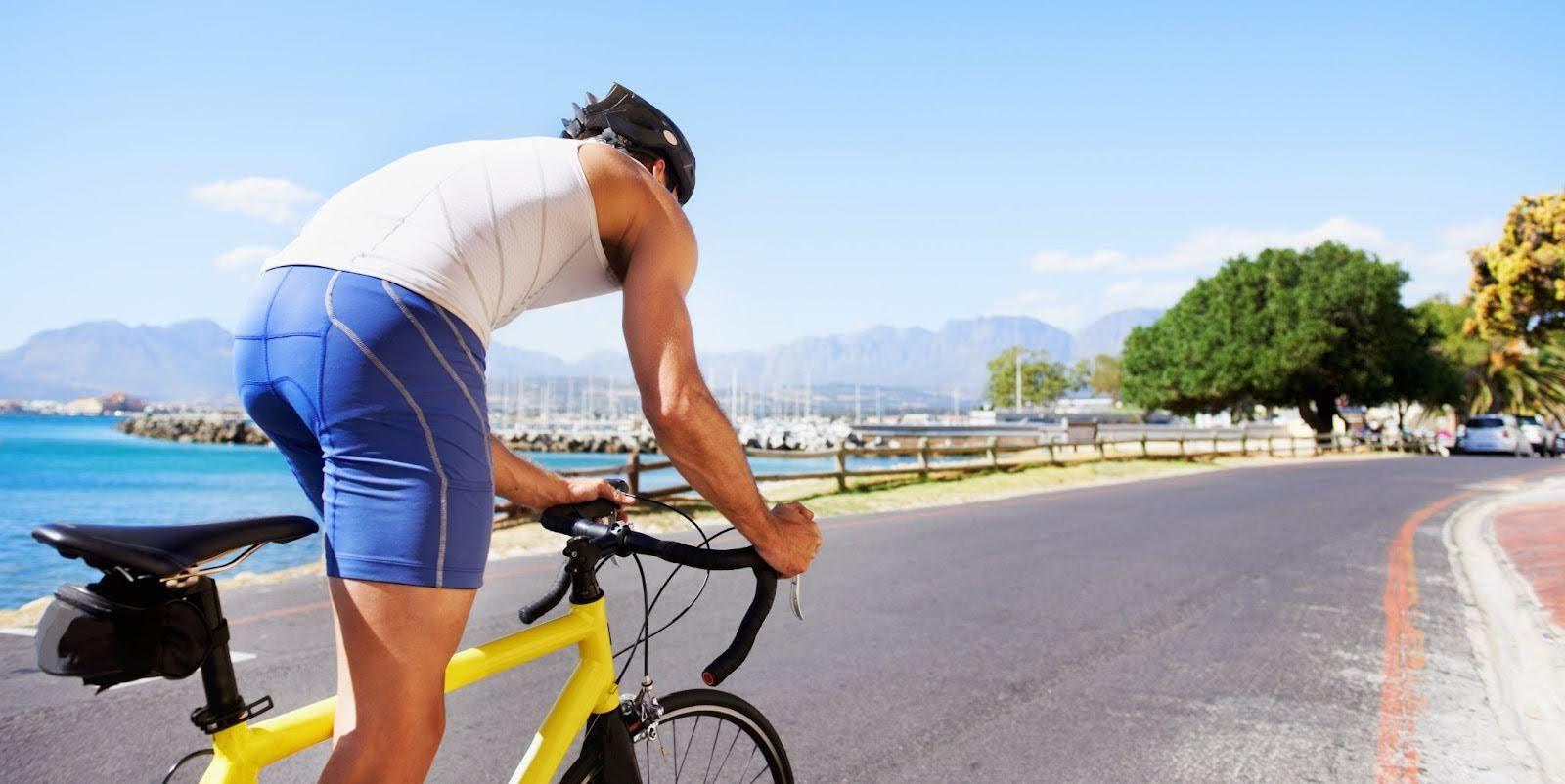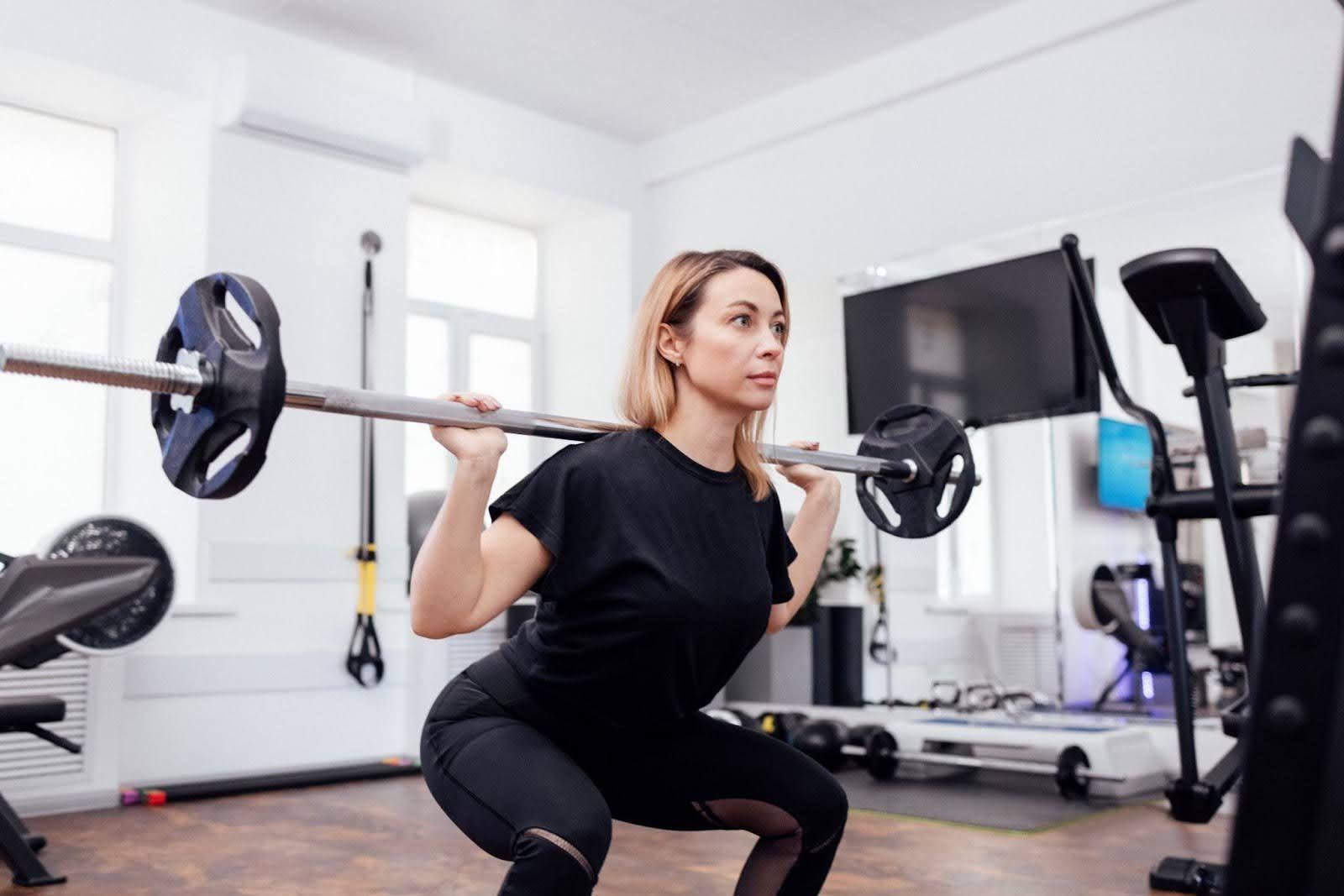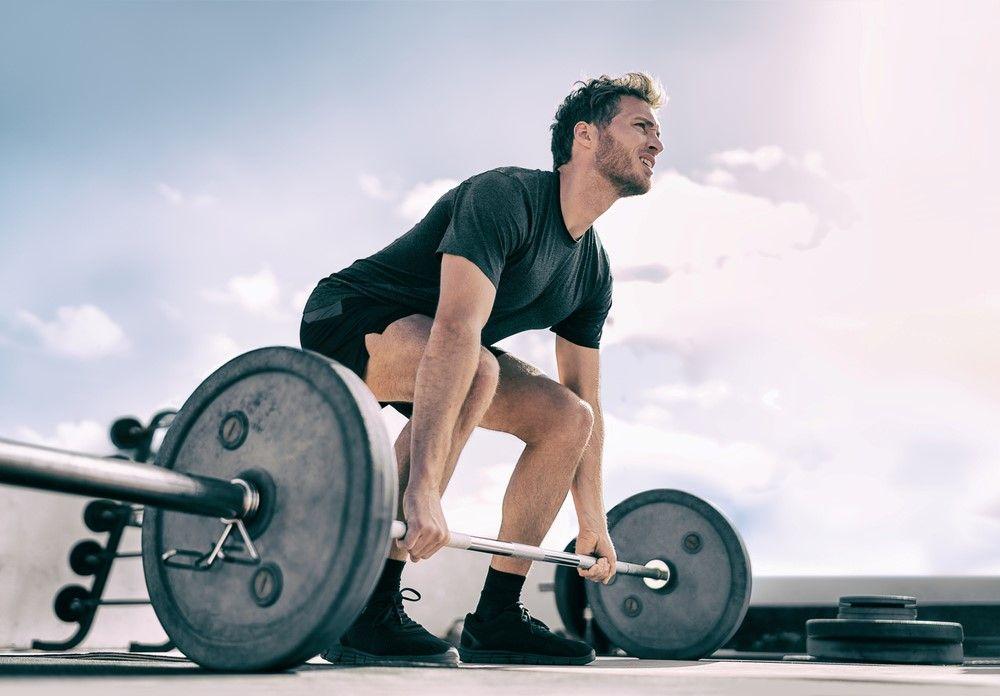When it comes to cycling performance, you hear the term heart rate come up often. It can be a great tool to help improve your fitness and understand more about what your body is doing in a training session.
In the days before power meters, you would use your heart rate to structure a session and create zones to train in. In fact, many cyclists still do this when using a basic wheel on turbo trainers.
There are a lot of myths surrounding heart rate. Many people don't understand how valuable the data can be when used properly. In this article, we’ll debunk these myths and give you some recommendations on how to improve your training using heart rate.
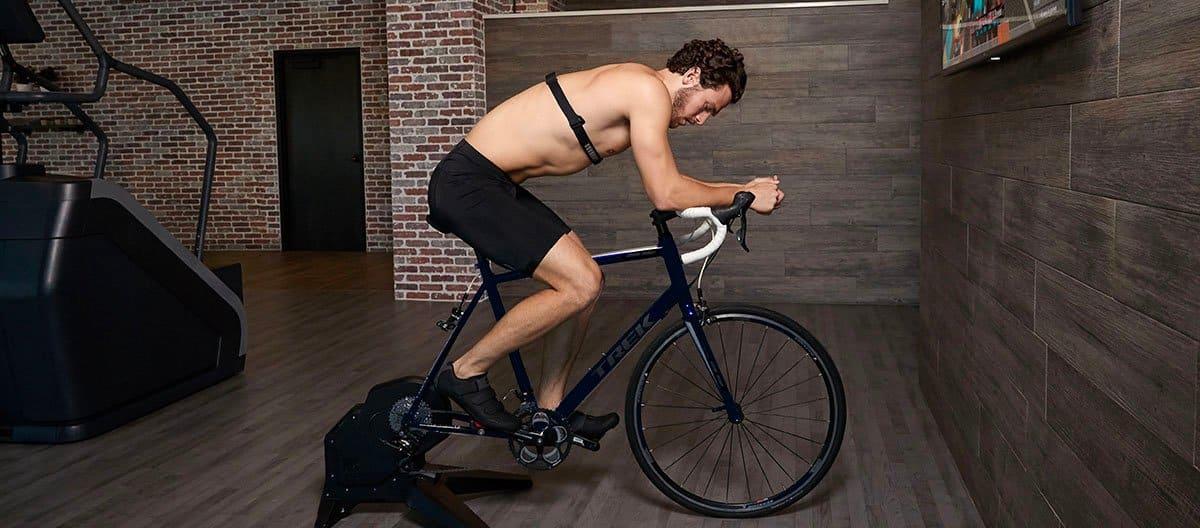
How is heart rate measured?
Heart rate, also referred to by some as pulse, is measured in BPM (Beats per minute). The most popular measurements for heart rate are resting heart rate and maximum heart rate. A healthy resting heart rate is considered to be between 50 and 80 beats per minute. Previously this was 60 to 100, but research changed this in recent years. A healthy maximum could be anywhere from 140 to 220 beats per minute.
Many people measure their heart rate by putting their fingers on their wrist and counting. This isn't the best way and is very inaccurate. To measure heart rate properly, we recommend using a heart rate monitor. This could be something as simple as a smartwatch or a chest strap heart rate monitor.
The Myths
Let's start speaking about the myths. We often hear these things online and from fellow cyclists who don’t have as much scientific backing as we would like.
220 minus your age
When people want to work out their heart rate, they typically go 220 minus their age. This is the general rule that many people swear by when making zones and planning where their heart rate should be. Read about the CDC estimation..)
Although it can help you make a rough estimation, it needs to be more accurate regarding training. After an accurate test for max heart rate, you rarely find yourself at 220 minus your age. It’s much better to test it yourself instead of estimating.
The lower your resting heart rate, the fitter you are
Having a lower resting heart rate has always been something people brag about. The less your heart needs to beat, the more efficient it is. Well, that's what they say. You will see top-level athletes with resting heart rates as low as 40 beats per minute. An athlete's heart muscle is incredibly well trained and efficient.
Many factors affect your resting heart rate, such as genetics, age, and the medications many people use. Some very unfit people can have a low resting heart rate.
Although a lower resting heart rate indicates cardiovascular fitness, it doesn’t always mean you're in good shape. It can actually mean the complete opposite. Conditions such as hypothyroidism can cause a very low heart rate.
The higher your heart rate the stronger you are
Many cyclists have the ability to take their heart rate very high. Even though their estimated heart rate could be 185 bpm, they can get all the way up to 200 bpm. This doesn’t necessarily mean they are fitter or have more ability than others.
Like the lower resting heart rate, it comes down to many different things. The maximum heart rate isn’t directly connected to power output. It could be that their heart is beating faster but not contracting as much. It could be that they have consumed more caffeine or are feeling more stressed.
Having the ability to go to higher heart rates doesn’t generally make you a better cyclist. It could actually mean that there could be an underlying problem that you might need to see a doctor about.
Blood pressure and heart rate are directly connected
We often hear people say that if your heart rate is good, your blood pressure will be too. This isn’t true. Although heart rate and blood pressure do rise and fall with exercise and other activities, they are not directly connected. Just because you have an efficient heart doesn’t mean you will have optimal blood pressure.
It’s still possible to have low or high blood pressure and for your heart to function efficiently. It’s worth getting your blood pressure checked regularly even though you might consider yourself very fit. For more information, check out this article The difference between heart rate and blood pressure.
Heart rates for men and women are the same
Although many people believe heart rates are the same for men and women, recent studies have shown that they actually differ. Depending on you being male or female can have a direct impact on your resting and maximum heart rate.
Studies have shown that men typically have a lower resting heart rate and higher maximum heart rate compared to women of the same age. It also shows that men's maximum heart rate drops faster as they age than women's, which is more gradual. Women's heart health is generally better later in life. For more information, check out this article, Heart Rate in men and women.
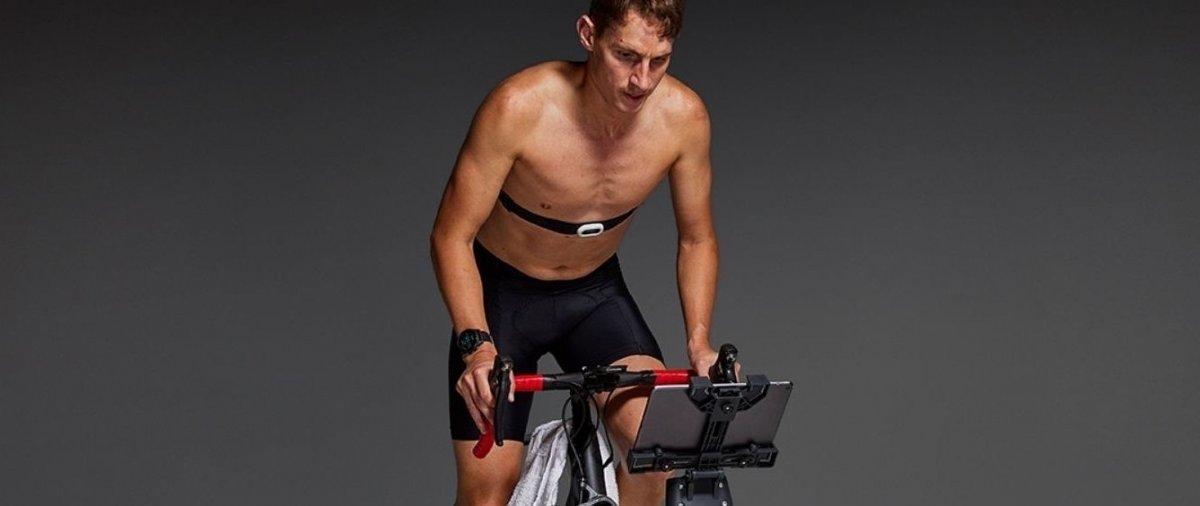
Recommendations when training with heart rate
When you first start training with heart rate, it can feel quite overwhelming. There’s a number, but you might not understand what it means or how to use it. Here are our recommendations when first starting training with heart rate.
Use a good heart rate monitor
There are many heart rate monitors on the market to choose from. Some are excellent, and some could be better. The best and most accurate heart rate monitors you will find are chest strap monitors, and we recommend going to brands such as Wahoo, Garmin, and Polar.
Find out your maximum heart rate, don’t estimate
When you first start training with your heart rate monitor, we recommend doing a proper test to determine your max heart rate. We do not recommend estimating this with the 220 minus your age rule, as this can be very inaccurate.
Identify your training zones
When you have found out your maximum heart rate, it’s a good idea to identify the zones. Lower training zones could benefit bicycle touring, higher zones could benefit racing. We have an excellent article on identifying the right zones for you to be training in their article here How to calculate heart rate zones.
Structure your training with Zones
You can have an amazing session on the trainer using a heart rate monitor to get the perfect load on your body. On the Rouvy application, you can set your heart rate zones to help further you train more effectively. Check out this blog on Rouvys 7 training zones to find out more.
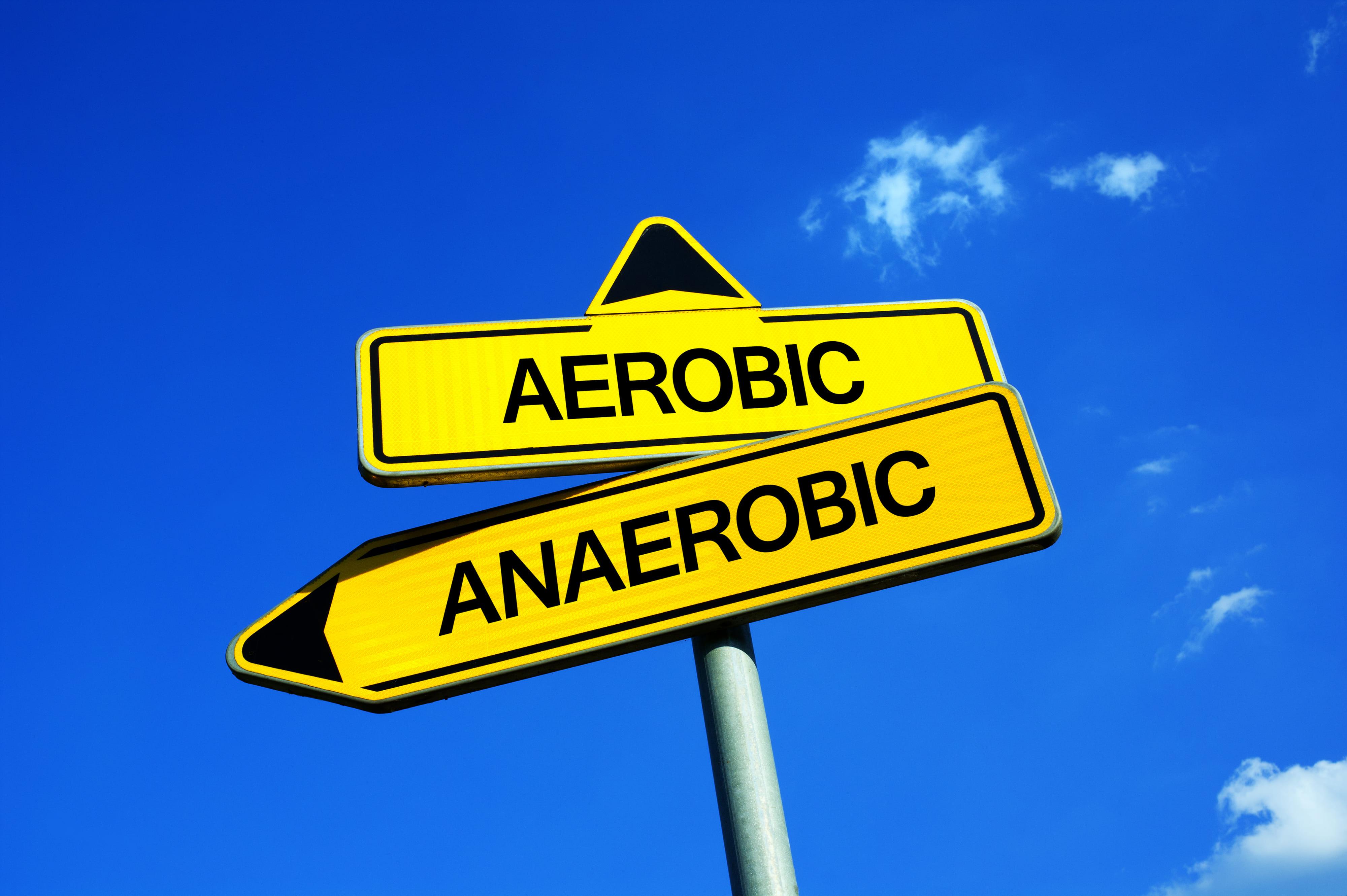
Understanding Aerobic and Anaerobic
One thing that you will find really helpful for heart rate training is to understand aerobic and anaerobic exercise levels. Aerobic exercise can be maintained by oxygen without using other energy sources. Anaerobic requires the breakdown of sugars and releases lactic acid. Learning about this and how it correlates to your heart rate is great information to benefit training.
Try not to overthink it
Heart rate depends on so many different factors. You could do the same session ten times and end up with different overall heart rates each time. Try not to overthink it, as something as little as a strong cup of coffee could make the difference in five bpm.
Conclusion
When it comes to cycling, heart rate is a very interesting subject. Knowing your heart rate and how it works can benefit your training greatly. We highly recommend using a heart rate monitor when you're training and embracing the data to help you get fitter, stronger, and healthier.
